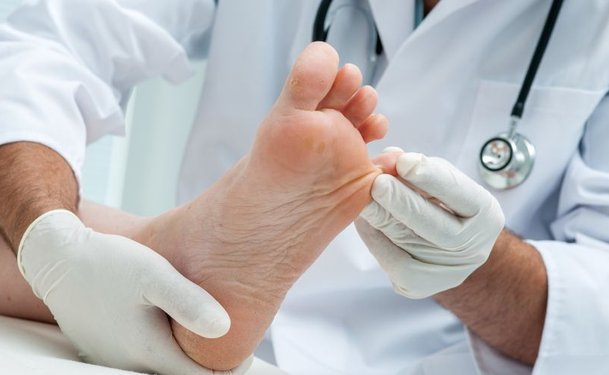Many types of doctors provide treatments for varicose veins and spider veins. This includes dermatologists, vascular surgeons and others. In many cases, these doctors use the same vein procedures.
Your primary care doctor may refer to a specific type of vein specialist. It is important to check the specialist’s training and medical background. You should also find out if the doctor who will be doing the vein procedure can also handle unexpected complications. This may mean referring you to another specialist.
What Vein Procedures Do Dermatologists Perform?
Dermatologists are doctors that specialize in treating conditions of the skin. They may offer both medical treatments and cosmetic procedures that help you look your best.
Dermatologists treat varicose veins and spider veins. Both of these are blood vessels visible through the skin that appear twisted or turning.
Varicose veins are larger and raised. They occur mainly on the legs. Spider veins are mild varicose veins that are smaller and can develop on the legs, face and chest.
Spider Veins
The main treatment used by dermatologists for spider veins is sclerotherapy. During this procedure, the doctor uses a very fine needle to inject a solution into the small blood vessels beneath the skin. The solution causes the lining of the blood vessels to scar and stick together.
This procedure is very safe and effective. Most people require two or three treatments. But after a few weeks the blood vessels fade from view completely or are barely visible beneath the skin.
There are few side effects of this procedure. The main ones include swelling, itching, temporary discoloration or very small blood clots in the veins that were treated. Rarely, an ulcer may form at the site of the injection.
Varicose Veins
Varicose veins are more visible than spider veins, but they can also be a symptom of more serious problems with the veins. Dermatologists may refer a person with varicose veins to a vascular specialist or laboratory for other tests. This can include using an ultrasound to check the blood flow or structure of your blood vessels.
Dermatologists may use laser therapy to treat varicose veins (endovenous laser ablation). During this minimally invasive procedure the varicose veins are sealed off. The blood then naturally flows to other healthy veins in the legs.
This procedure is safe and effective. It can be done with local anesthesia or mild sedatives in an outpatient setting. The main side effects are bruising, redness, itching, swelling and permanent changes to the skin tone.
If the varicose veins are too twisted or small for the fiber that carries the laser light, the dermatologist may use a technique called ambulatory microphlebectomy. During this procedure the doctor makes several cuts along the varicose vein through the skin. The doctor then separates and removes the vein from the skin.
This procedure is well tolerated. Most people can walk right after treatment and can return to work within two days. They will need to wear compression stockings for two weeks after the procedure.
What Vein Procedures Do Vascular Surgeons Perform?
Vascular surgeons are doctors that specialize in treating conditions involving the blood vessels in the body. This includes treating varicose veins and spider veins.
Vascular surgeons may treat varicose veins and spider veins using the same procedures as dermatologists, including:
- sclerotherapy
- laser surgery (endovenous laser ablation)
- ambulatory phlebectomy
In severe cases of varicose veins — such as when they cause an ulcer on the skin — a vascular surgeon may use endoscopic vein surgery. During this procedure the doctor inserts a thin tube with a tiny camera into the varicose vein through a cut in the skin. The doctor seals the vein with a surgical device at the end of the tube. Most people can return to their normal activities within a few weeks.
Vein stripping and ligation is another treatment for severe cases of varicose veins. During this outpatient procedure the doctor ties shut the varicose veins and then removes them through small cuts in the skin. Normally it takes people one to four weeks to recover from this procedure.


